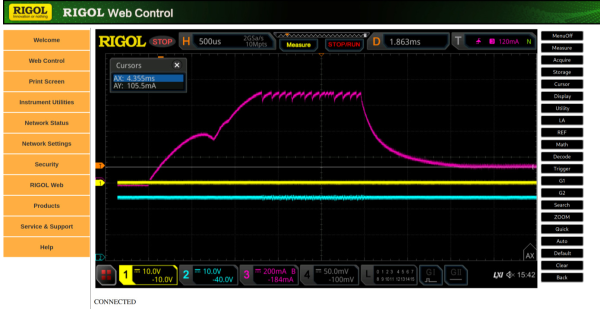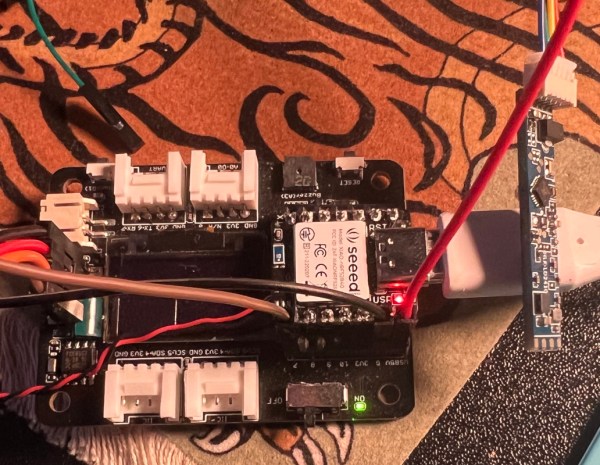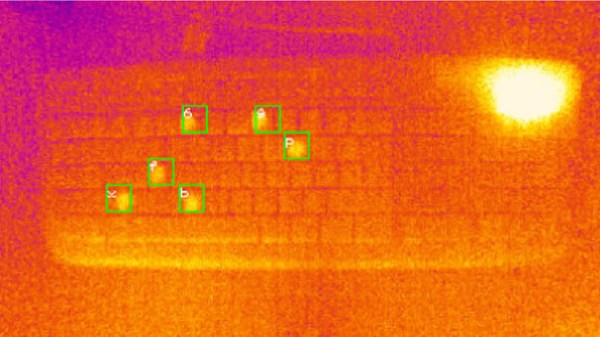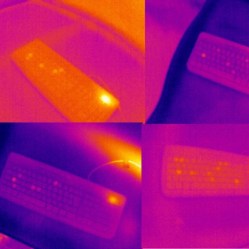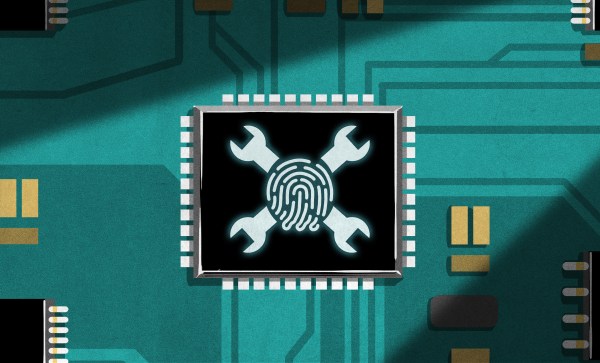There are a huge number of products available in the modern world that come with network connectivity now, when perhaps they might be better off with out it. Kitchen appliances like refrigerators are the classic example, but things like lightbulbs, toys, thermostats, and door locks can all be found with some sort of Internet connectivity. Perhaps for the worse, too, if the security of these devices isn’t taken seriously, as they can all be vectors for attacks. Even things like this Rigol oscilloscope and its companion web app can be targets.
The vulnerability for this oscilloscope starts with an analysis of the firmware, which includes the web control application. To prevent potentially bricking a real oscilloscope, this firmware was emulated using QEMU. The vulnerability exists in the part of the code which involves changing the password, where an attacker can bypass authentication by injecting commands into the password fields. In the end, the only thing that needs to be done to gain arbitrary code execution on the oscilloscope is to issue a curl command directed at the oscilloscope.
In the end, [Maunel] suggests not connecting this oscilloscope to the Internet at all. He has informed the producer about it but as of this writing there has not been a resolution. It does, however, demonstrate the vulnerabilities that can be present in network-connected devices where the developers of the software haven’t gone to the lengths required to properly secure them for use with the modern Internet. Even things not connected to a traditional Internet connection can be targets for attacks.

